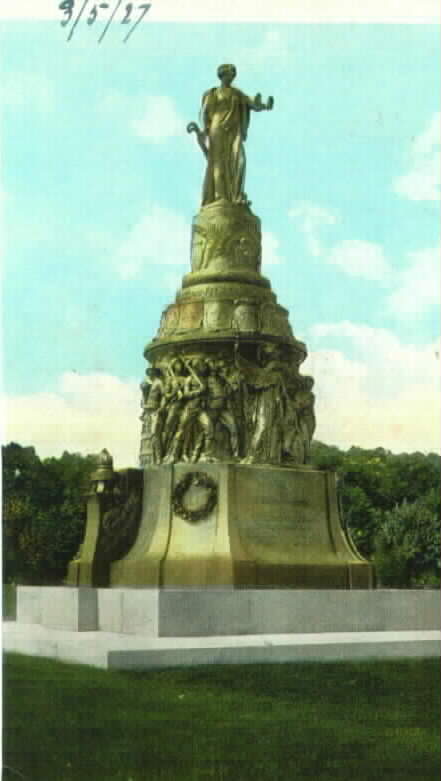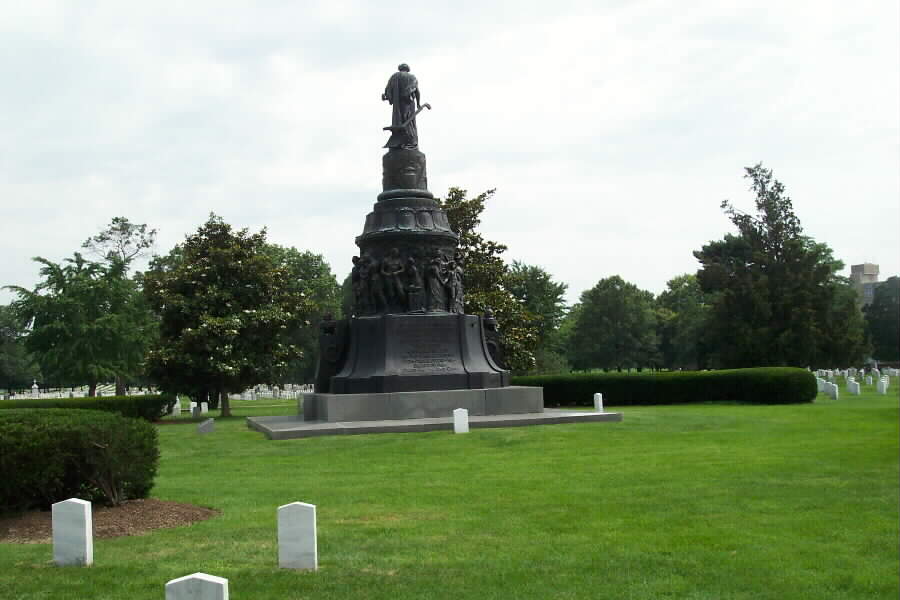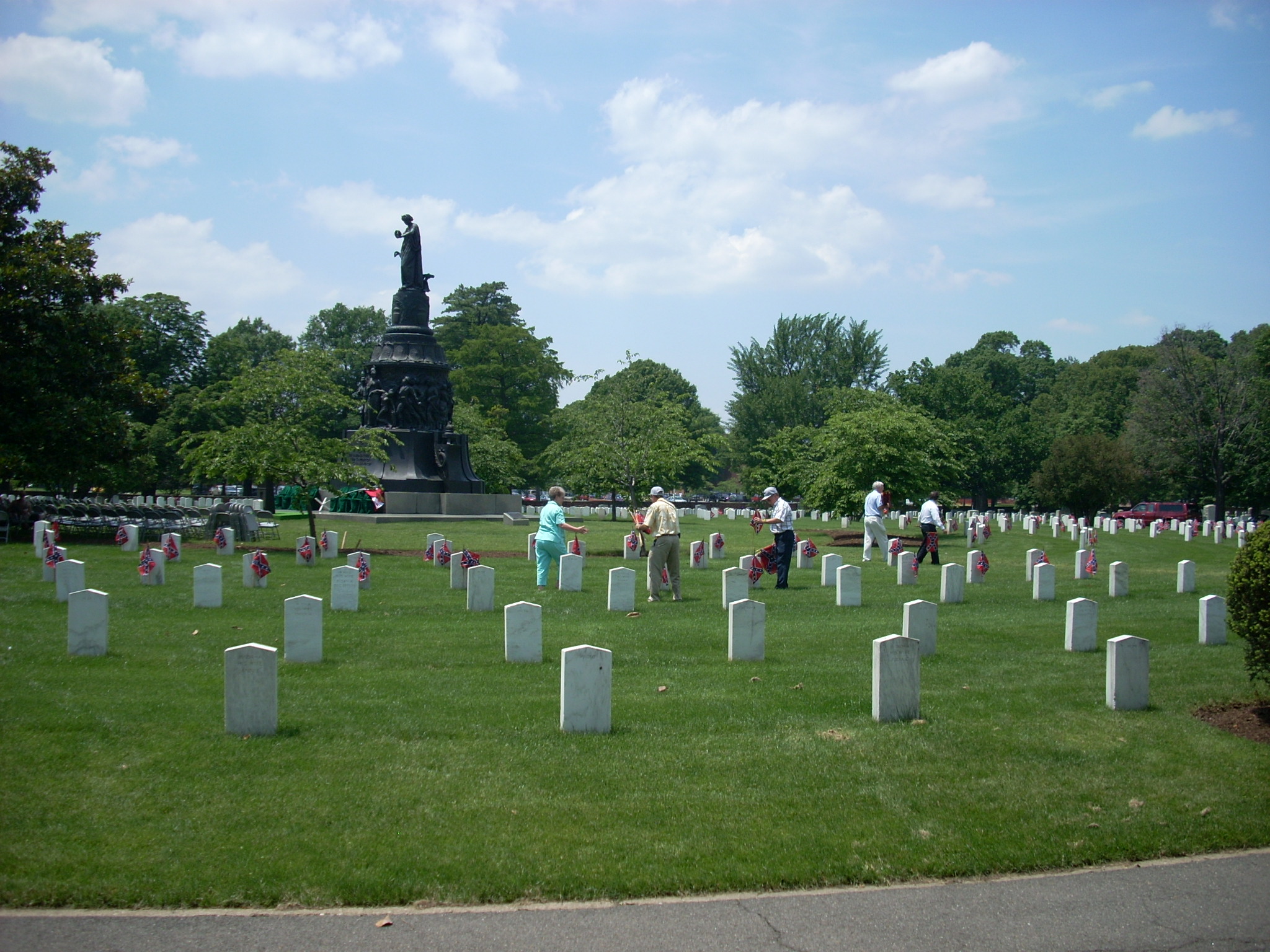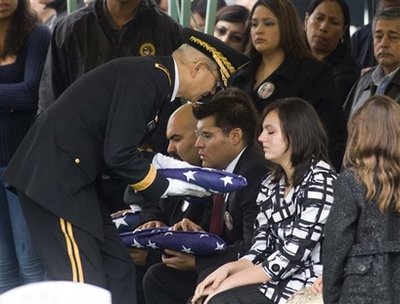
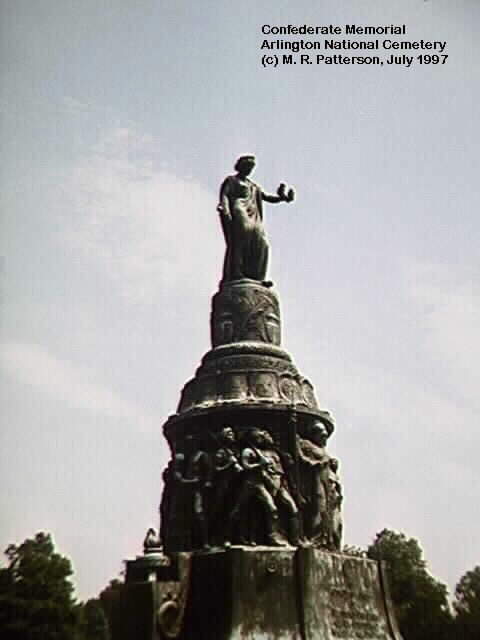
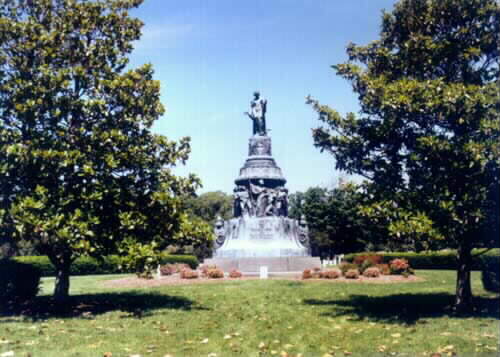
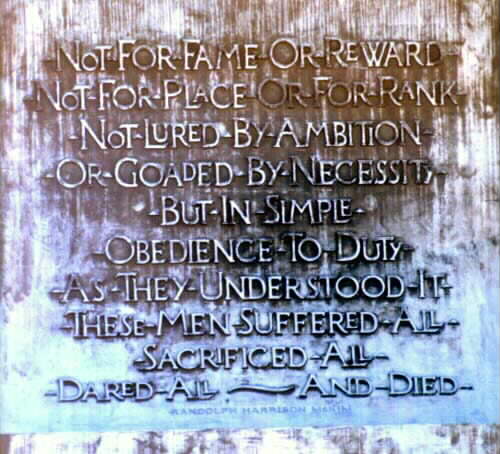
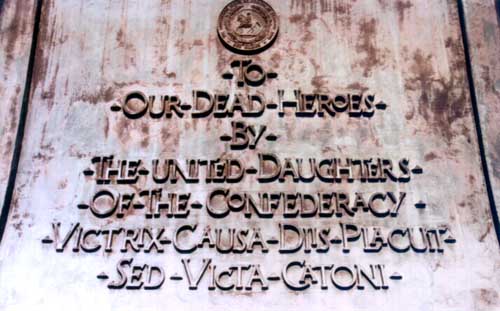
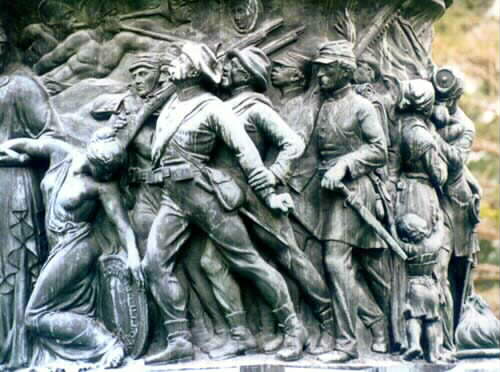
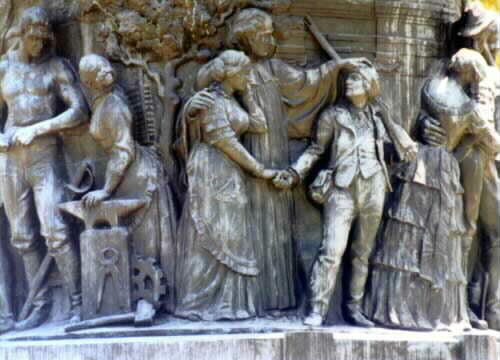
In 1898, President McKinley delivered a speech before the Georgia legislature that urged the U.S. government to assume responsibility for the care of graves of Confederate dead. The first attempt at putting McKinley’s idea into practice occurred at Virginia’s Arlington National Cemetery. Encouraged by research and petitions presented by Confederate veterans in Washington, D.C., the federal government in 1900 agreed to reinter the Confederate dead buried in gravesites scattered in Washington-area cemeteries into a consolidated Confederate section at Arlington. The success of the experiment at Arlington ultimately led to legislation authorizing the War Department to assume the care of the graves of almost 30,000 Confederates buried in national cemeteries in the North.
This effort on behalf of the Confederate dead provides yet another avenue for studying sectional reconciliation in the late-nineteenth and early twentieth centuries. By focusing on the valorous deeds of the dead, living veterans from both sides of the Mason-Dixon Line united in celebration of the common soldier. But though the good will created by reburial and re-marking projects was genuine, the Arlington experience also revealed the limits and complexities of sectional reconciliation. The dead were purposefully segregated within cemeteries, causation of the war was studiously ignored in memorial speeches, and white southern women refused to allow the government to interfere with their sacred trust in caring for Confederate graves in the South, all to maintain the careful equilibrium that allowed former Confederates and Yankees to coexist.
Click Here For The Address By Fr. Anderson (SCV): June 1999
Click Here To Read President Woodrow Wilson’s Acceptance Of The Memorial On 14 June 1914
| The Memorial was sculpted by Moses Ezekiel, a Confederate Veteran, who is buried near the base of the Memorial. The Memorial is located in Section 16. | In 1900, a Confederate Section was authorized in Arlington National Cemetery (now Section 16) and Confederate casualties from around the cemetery were gathered and re-interred in that Section. |
| President William Howard Taft authorized the placement of a Confederate Memorial in that Section and funds were collected by the United Daughters of the Confederacy. Peace is the central theme of the Memorial. It is 32.5 feet in height and is topped by a heroic-sized figure of a woman, crowned with olive leaves, her face turned toward the South. In her outstretched left hand is a laurel wreath, and in the right hand is a plough stock and a pruning hook. Carved around the Memorial is the verse from Isaiah:”They shall beat their swords into plowshares, and their spears into pruning hooks.” | A circular frieze of 32 life-sized figures shows Southern soldiers going off to war. Their sad homecoming dominates the middle part of the monument. Over it are carved the seals of the Southern states which comprised the Confederacy.
|
Not for place or for rank – Not lured by ambition – Or goaded by necessity – But in simple – Obedience to duty – As they understood it These men suffered all – Sacrificed All – Dared all – And Died -“ |
When the cornerstone of the Monument was laid in 1912 one of the speakers was Corporal James Tanner, Commander-in-Chief of the Grand Army of the Republic.The Monument was finally dedicated on June 4, 1914 with President Woodrow Wilson making the principal address before a crowd which included thousands of former Union and Confederate soldiers. Peace had finally come to our Nation again! |
Look Away, Dixieland
Bush may have rebuked Lott for his praise of Strom Thurmond, but the President recently revived a practice of paying homage to an even greater champion of the Confederacy
COURTESY OF THE CONFEDERATE MEMORIAL ASSOCIATION
A wreath sent by President Bush to the confederate monument
Sunday, January 19, 2003
George W. Bush issued a stern rebuke to Senator Trent Lott in December for his praise of the segregationist 1948 presidential bid of Strom Thurmond. But Bush has revived a practice of paying homage to an even greater champion of the Confederacy—Jefferson Davis.
Last Memorial Day, for the second year in a row, Bush’s White House sent a floral wreath to the Confederate Memorial in Arlington National Cemetery. Six days later, as the United Daughters of the Confederacy celebrated Jefferson Davis’ birthday there, Washington chapter president Vicki Heilig offered a “word of gratitude to George W. Bush” for “honoring” the Old South’s dead.
Bush has quietly reinstated a tradition dating back to Woodrow Wilson that his father had halted in 1990. The elder Bush was weary of infighting among various Confederacy groups, so his White House quit participating altogether. The current Bush White House denies any change in policy. But John Edward Hurley, head of the Confederate Memorial Association in Washington, says, “No one saw a wreath from 1990 until George W. Bush got elected,” and other participants in the annual event support his account.
It’s not clear why, after more than a decade’s lapse, the current Bush White House resumed this symbolic tribute to the Old South. But one of the organizations connected to the ceremony is the Sons of Confederate Veterans, whose “Chief Aide-de-Camp” is Richard T. Hines, a politically active lobbyist from South Carolina. In that state’s brutal 2000 Republican primary, Hines reportedly helped finance tens of thousands of letters blasting Bush rival John McCain for failing to support the flying of the Confederate flag over the state capitol. Hines declined to comment.

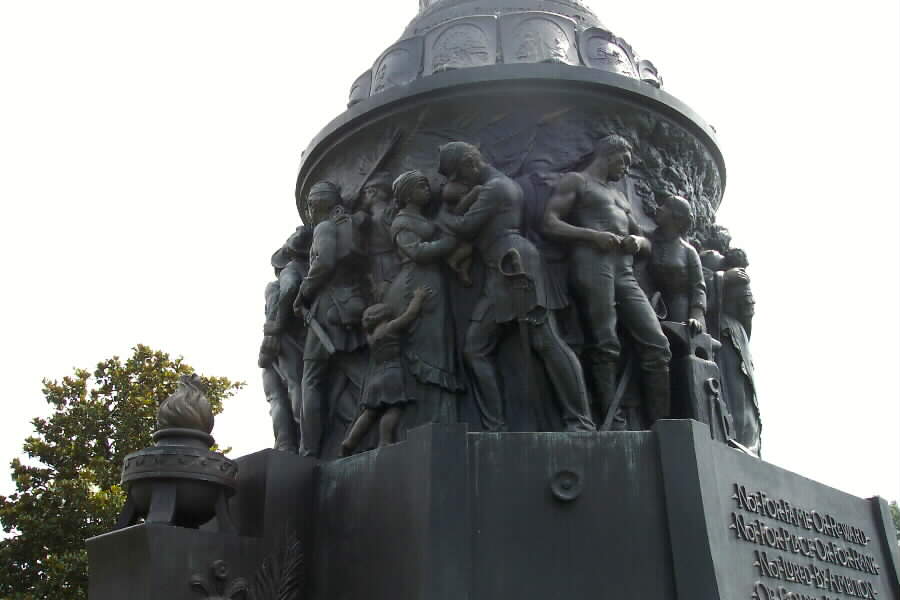
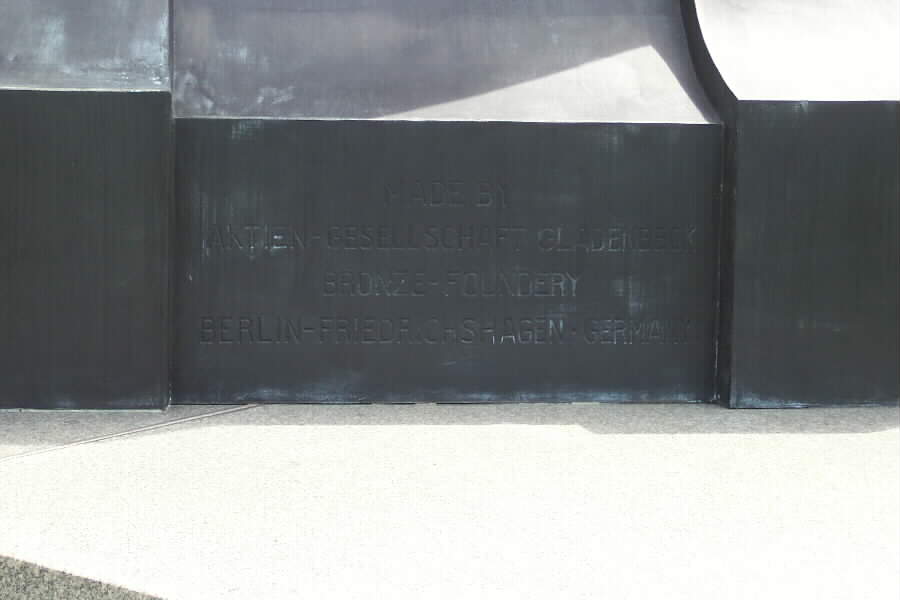
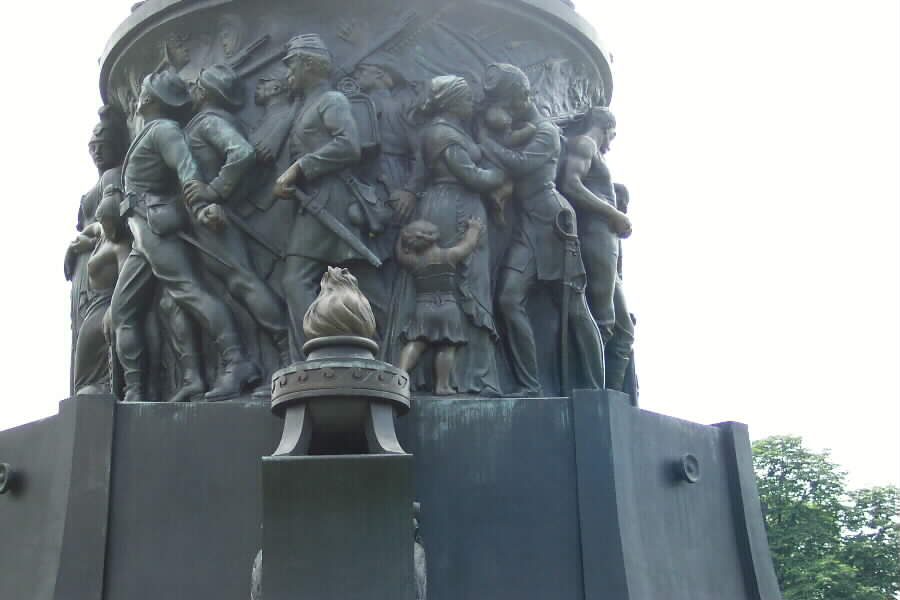
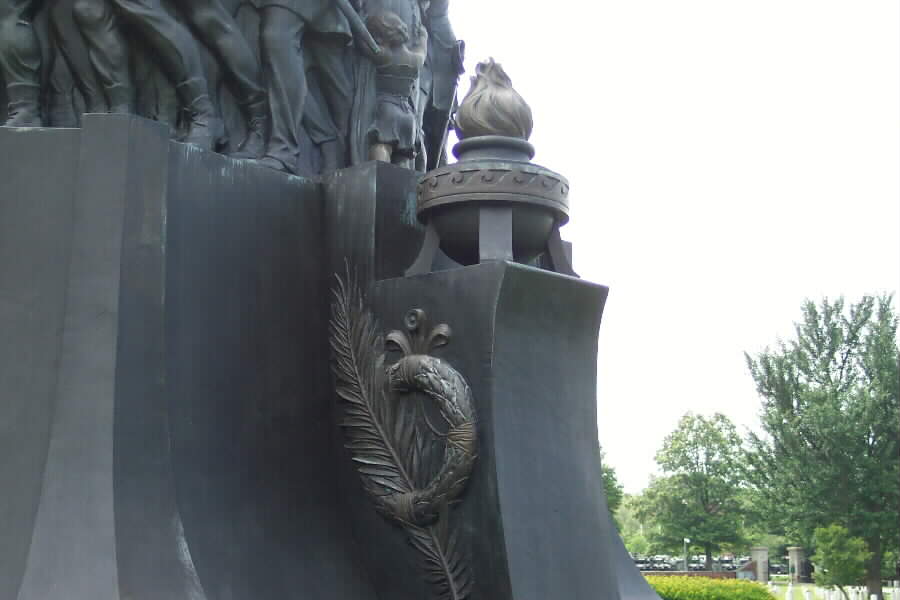
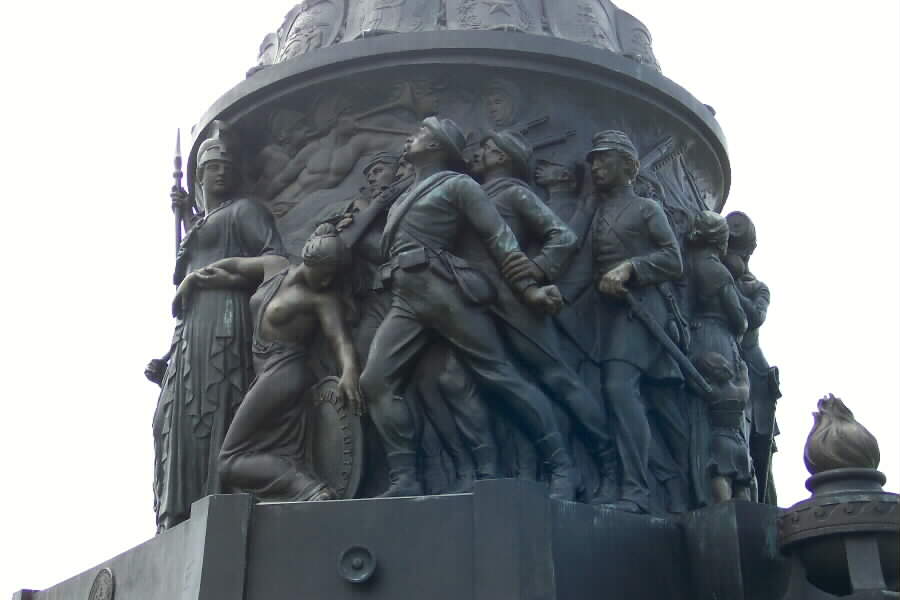
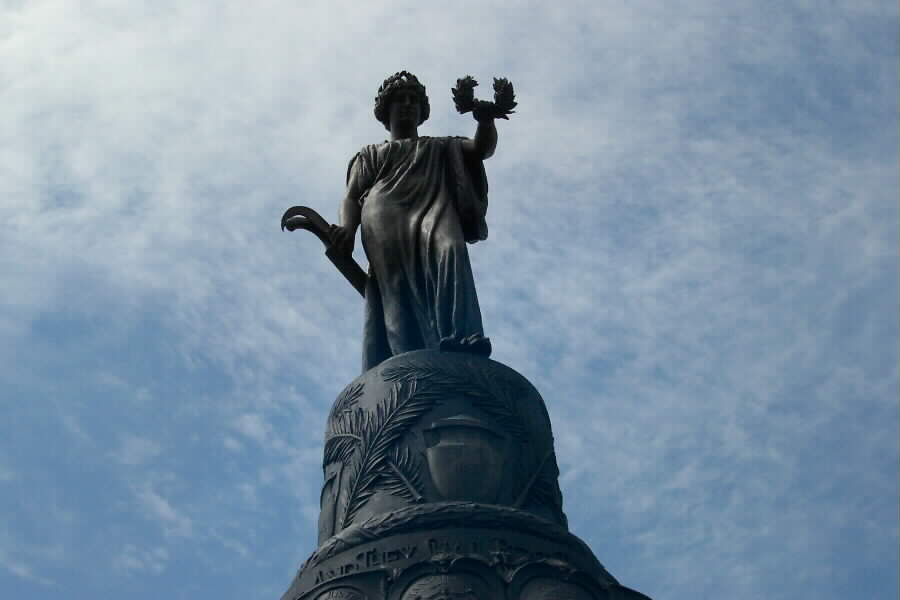
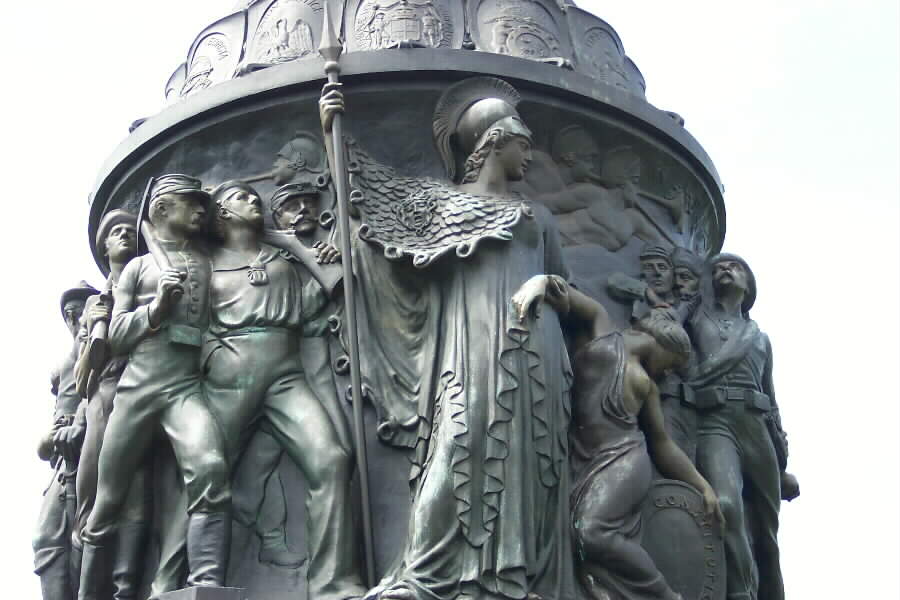
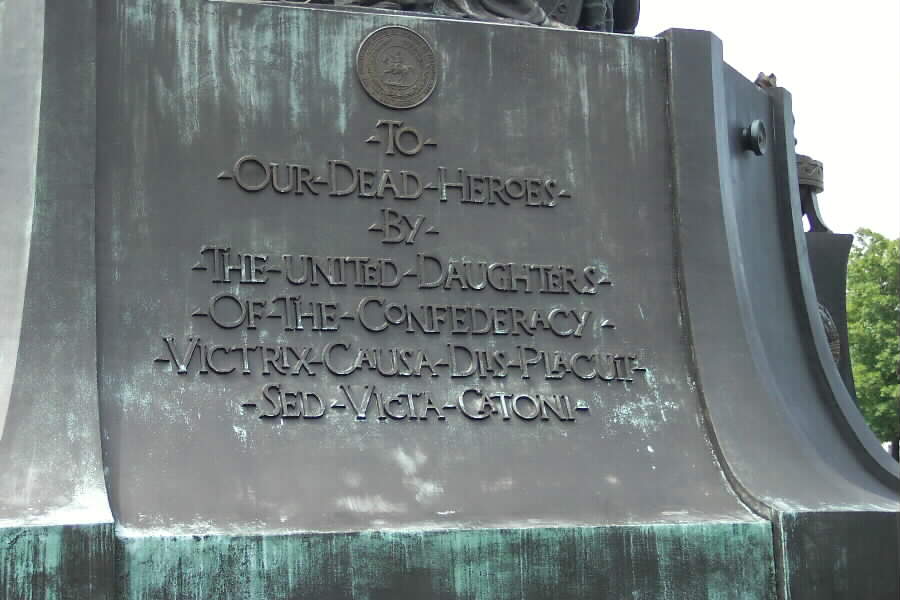
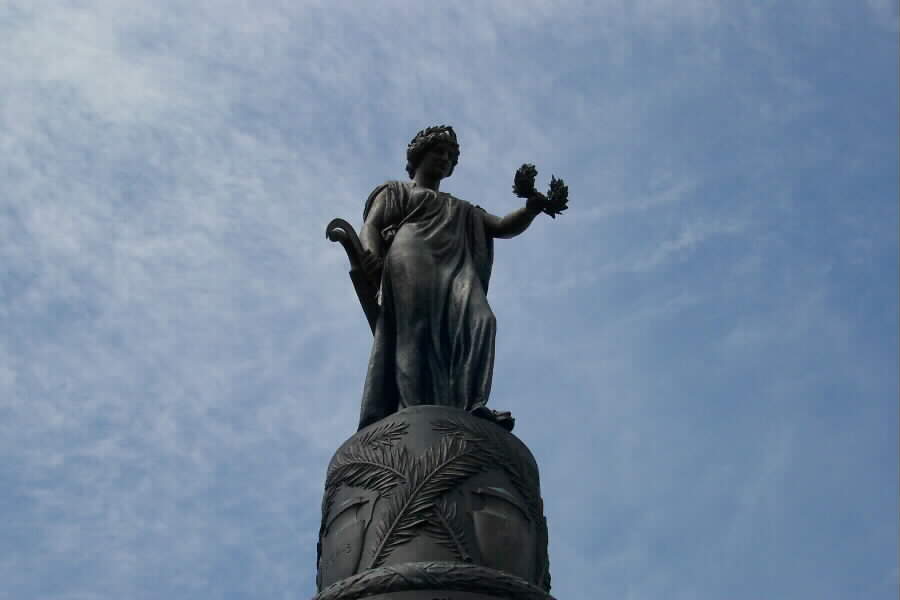
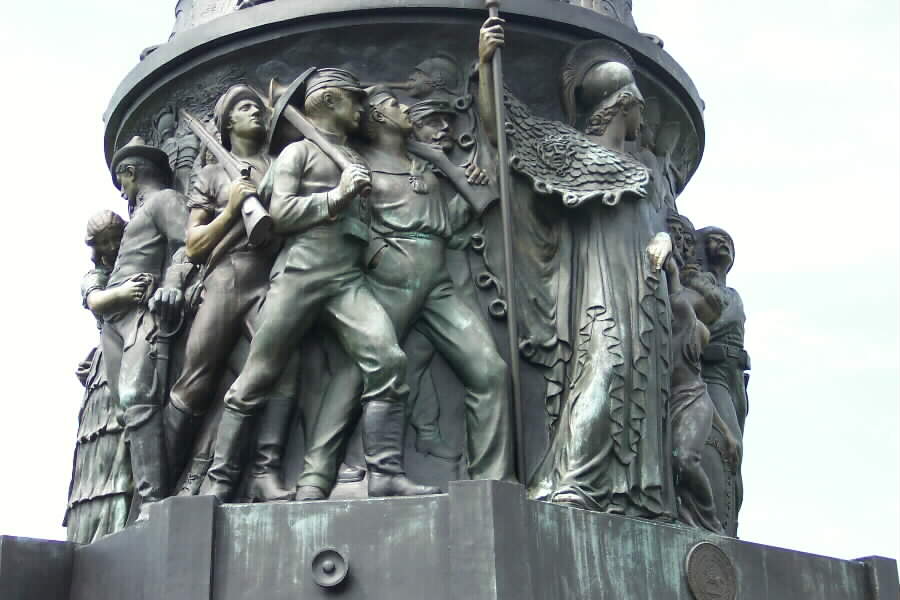
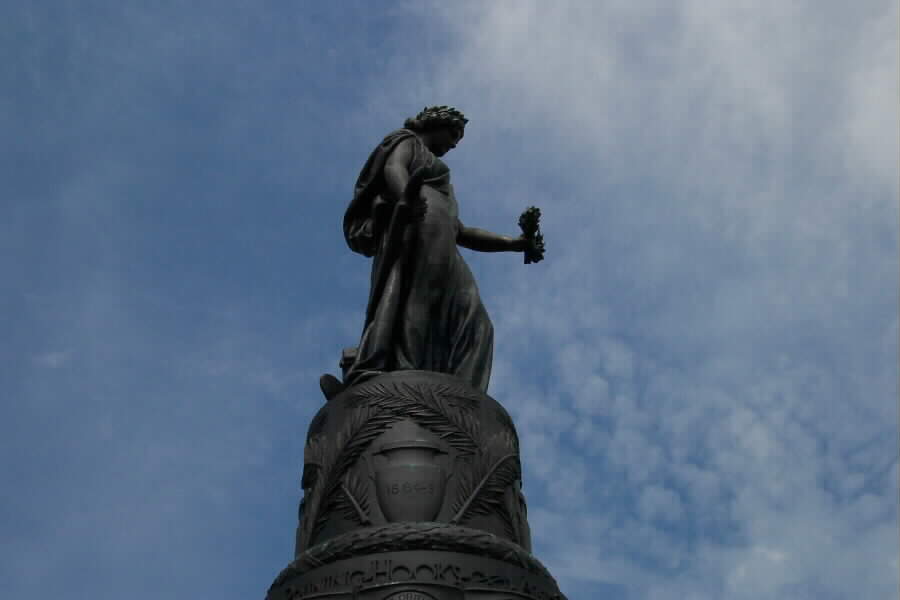
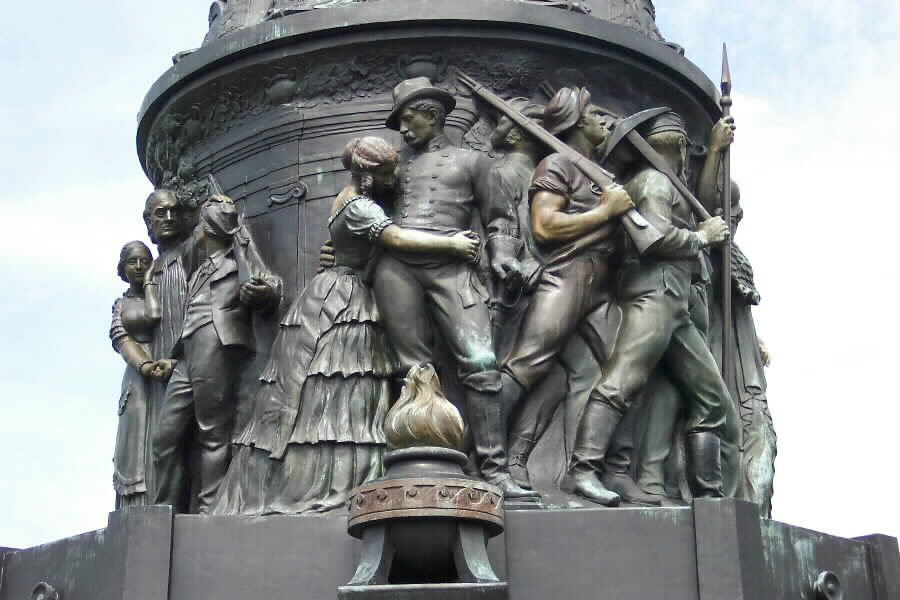
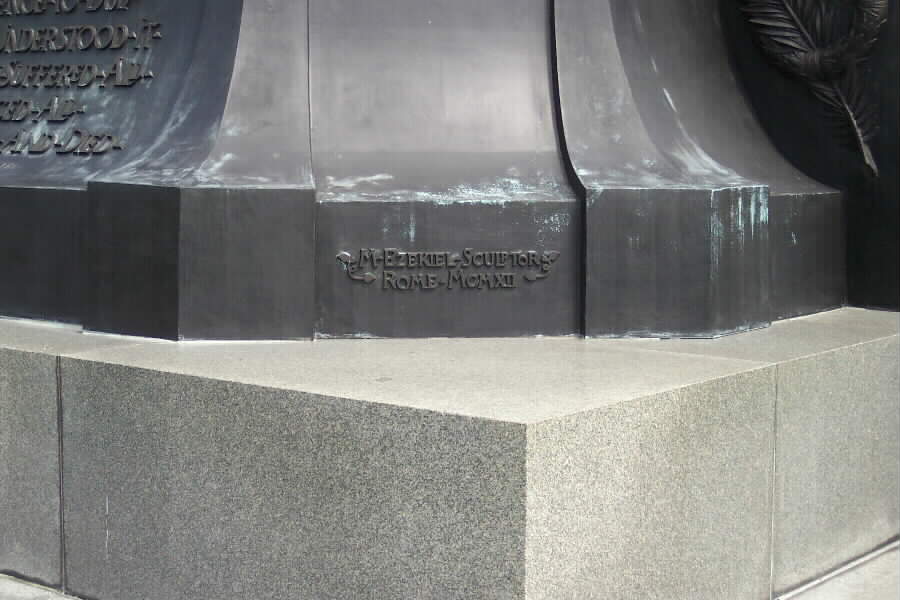
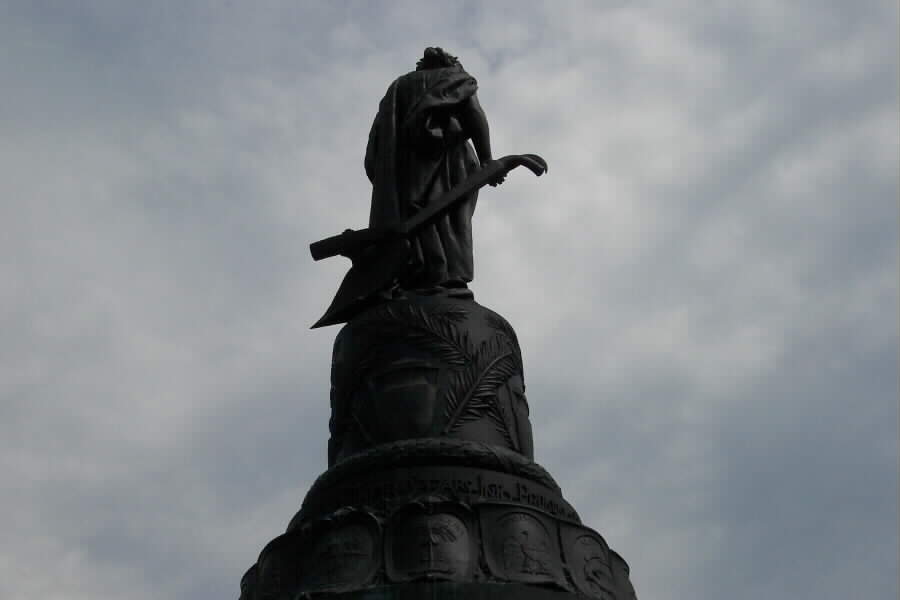
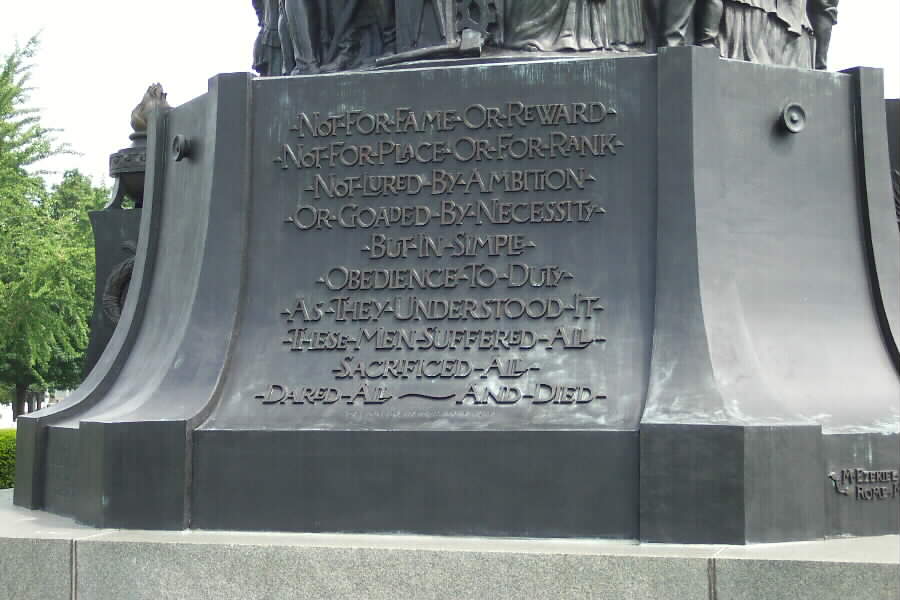
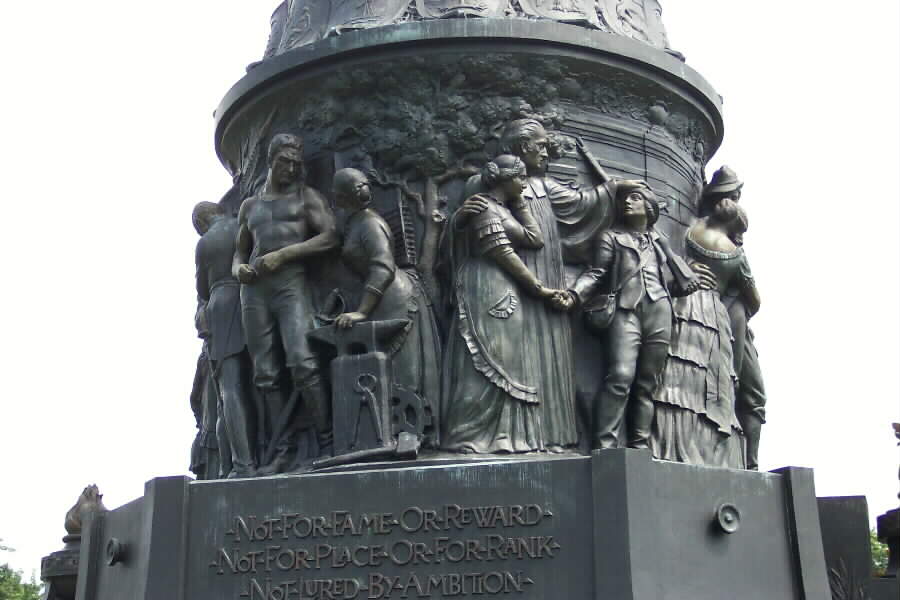
Confederate Memorial Ceremony: 8 June 2008
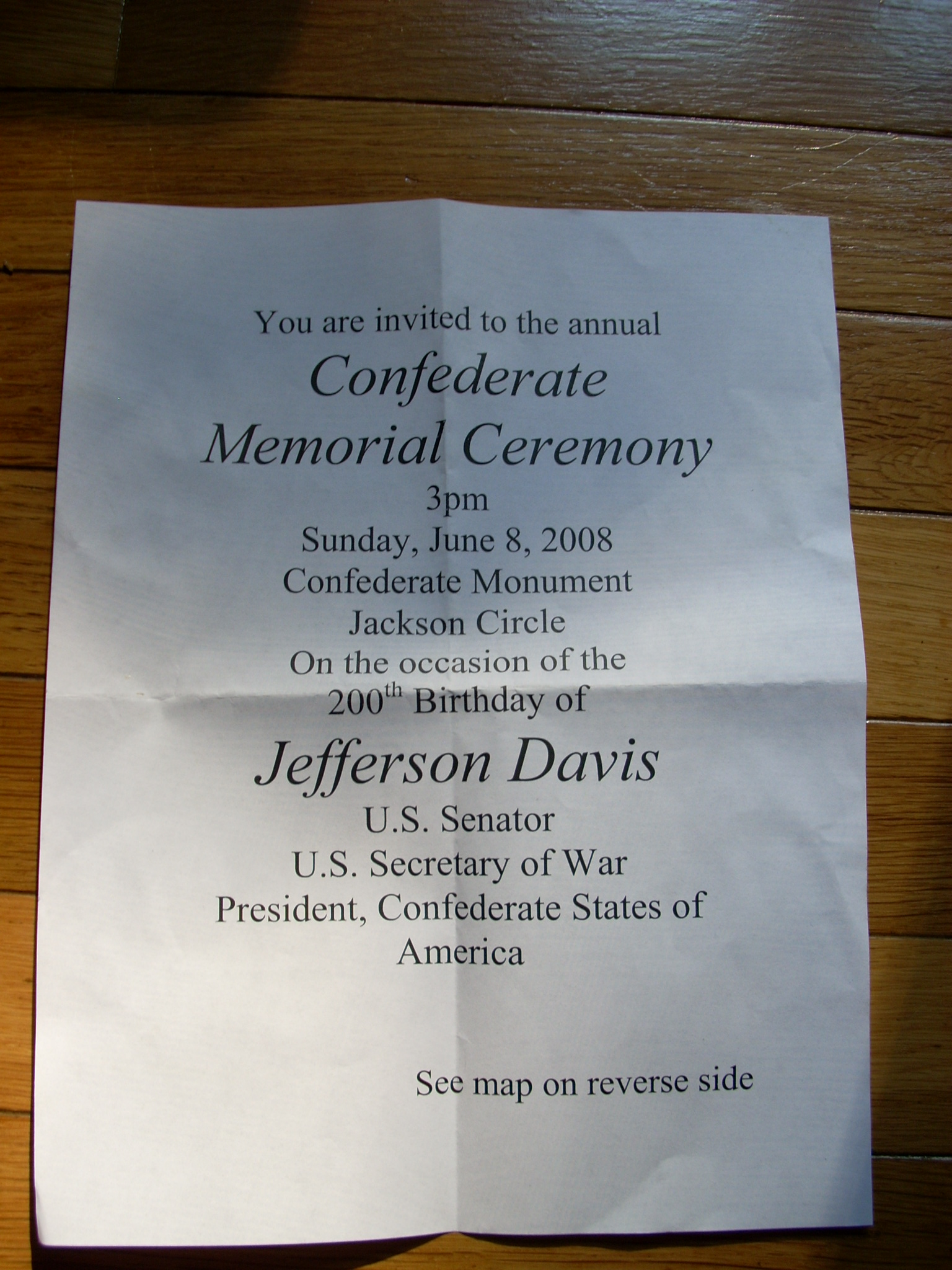
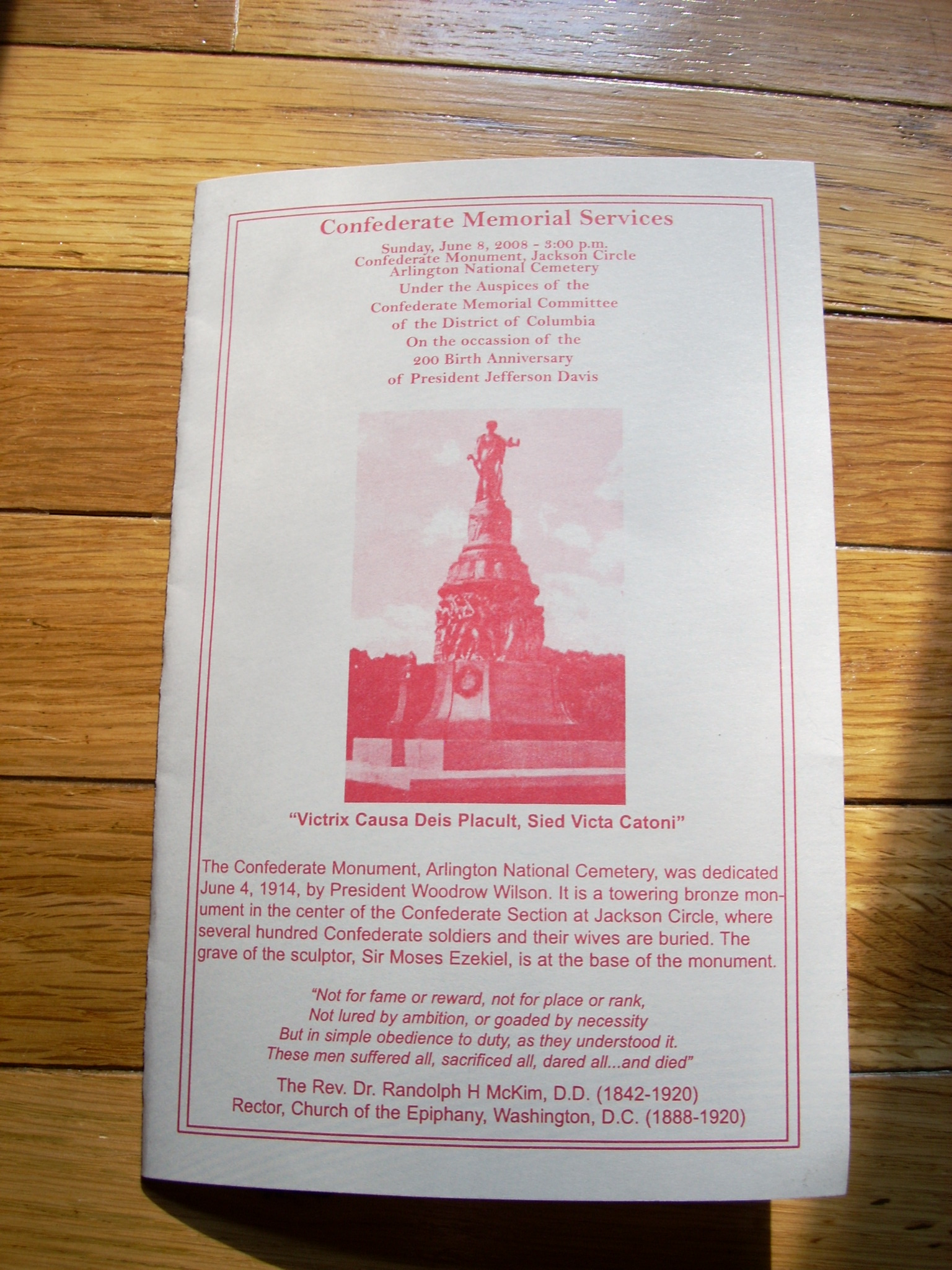
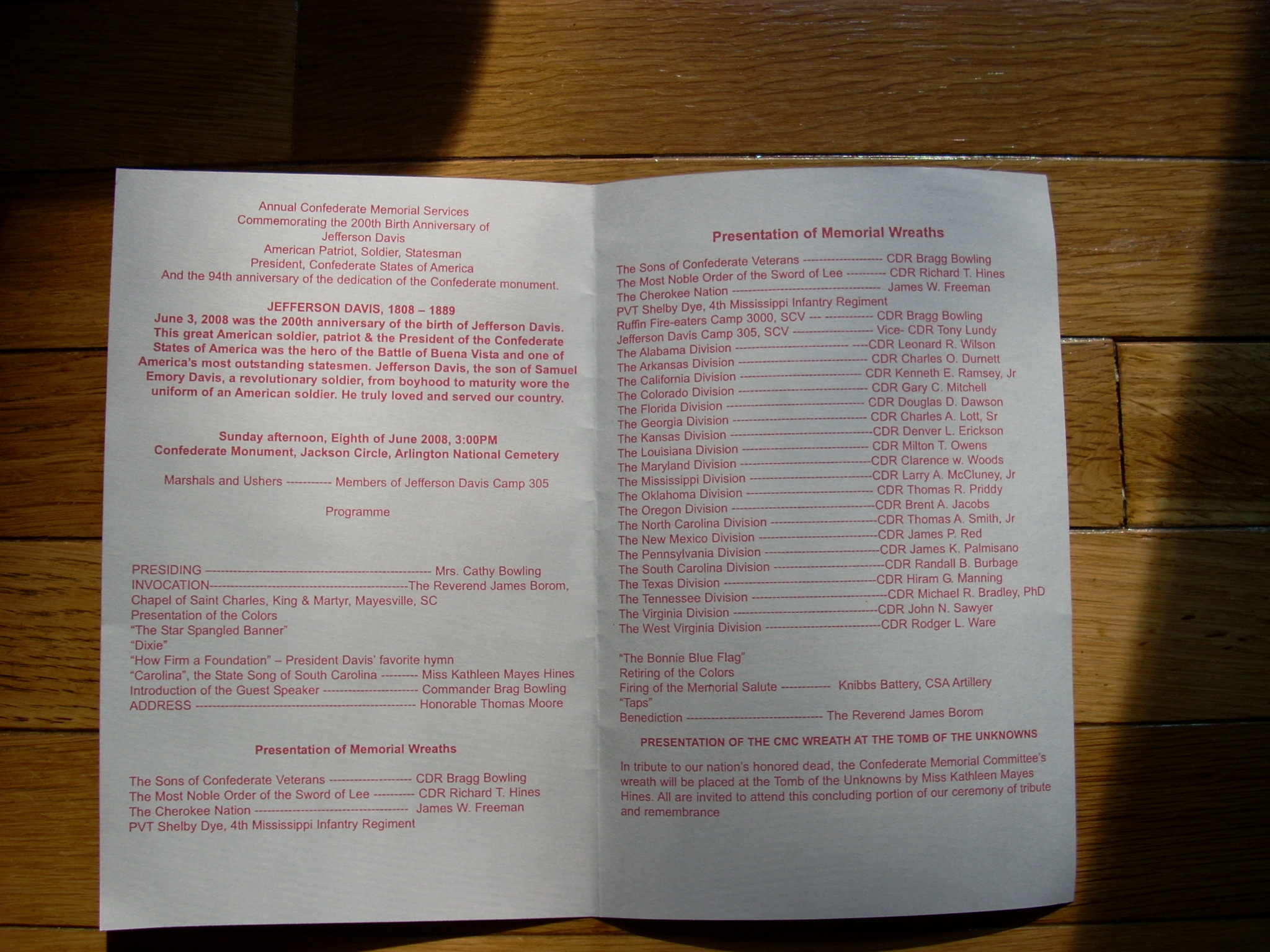
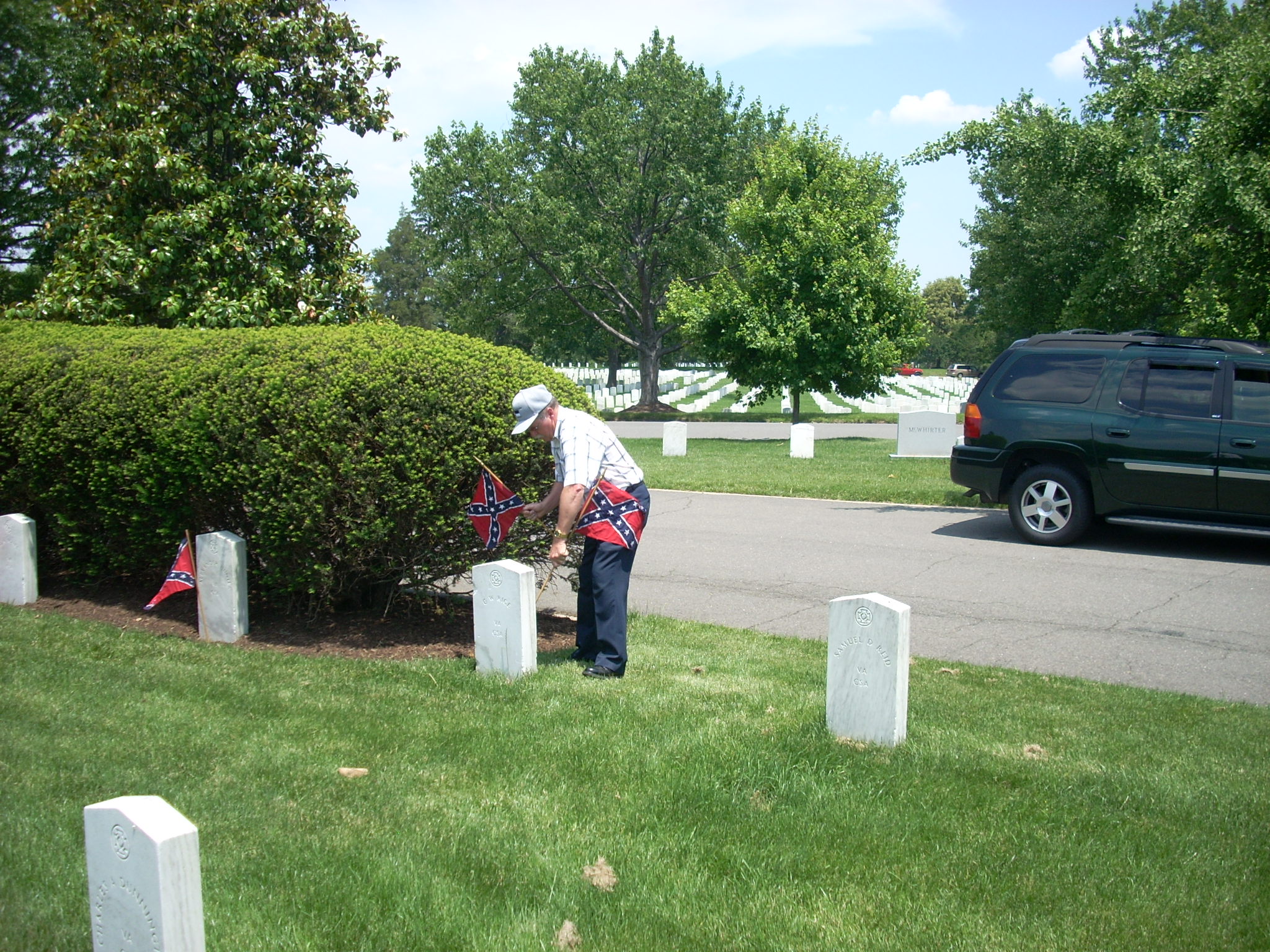
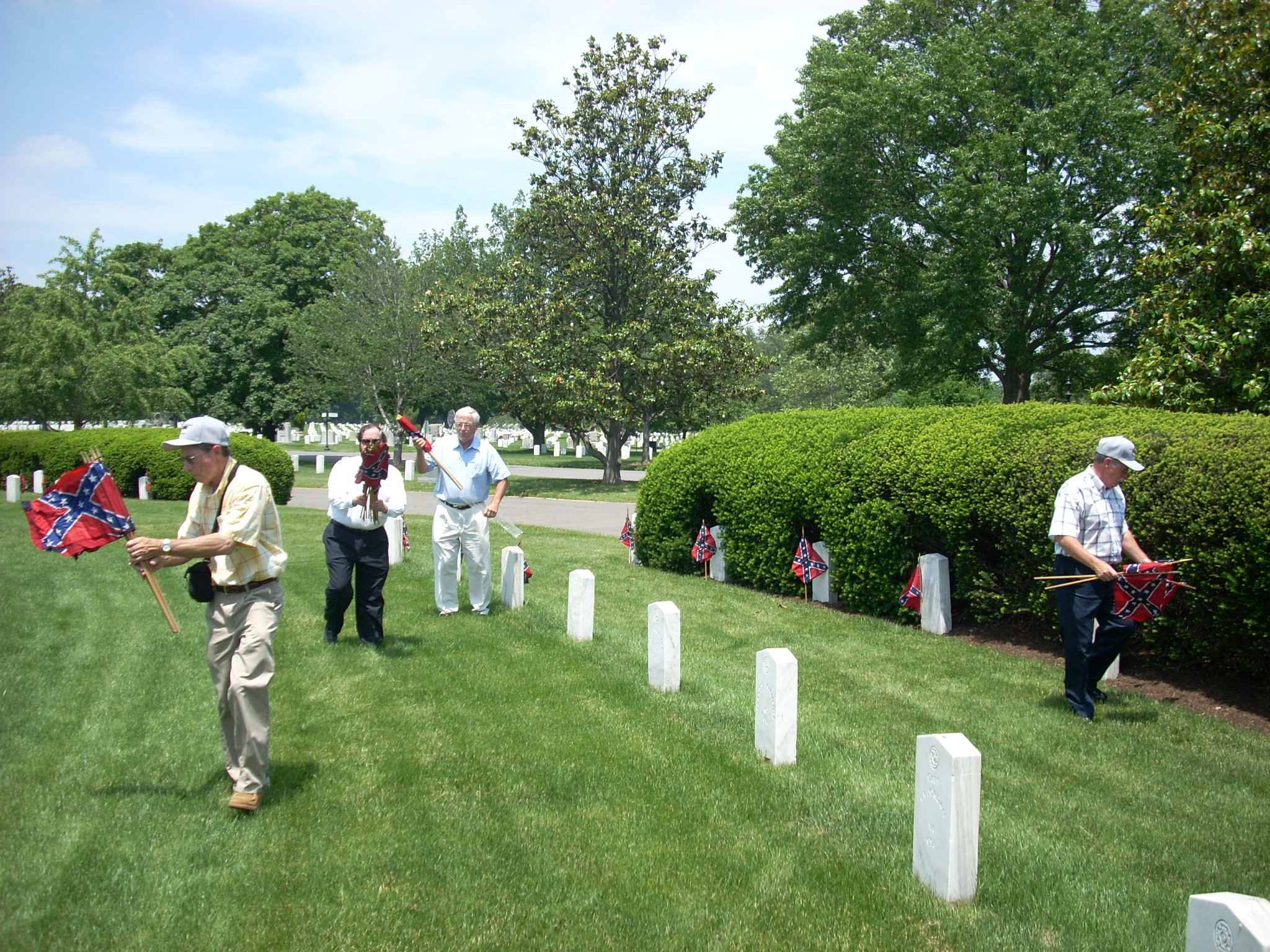
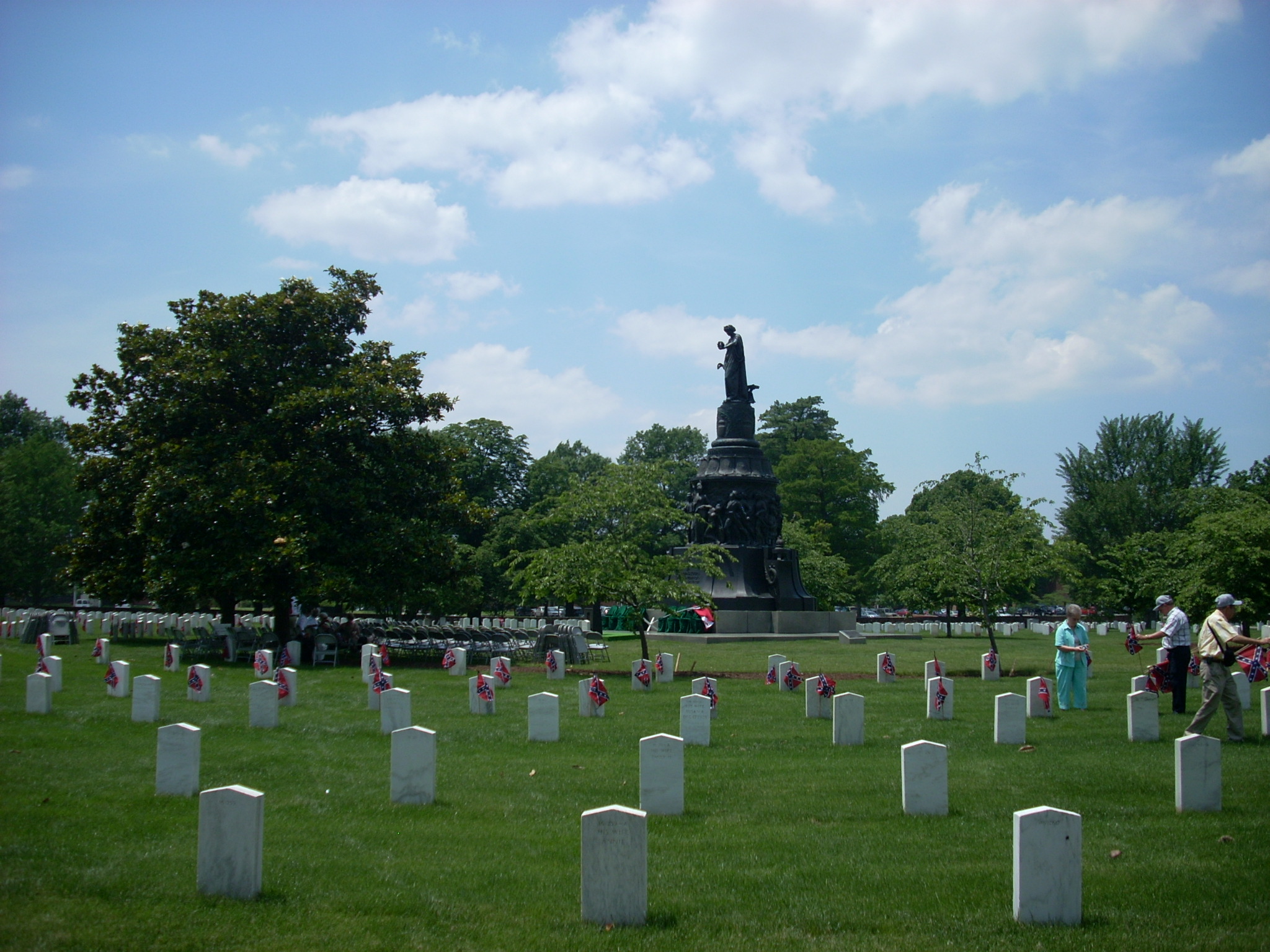
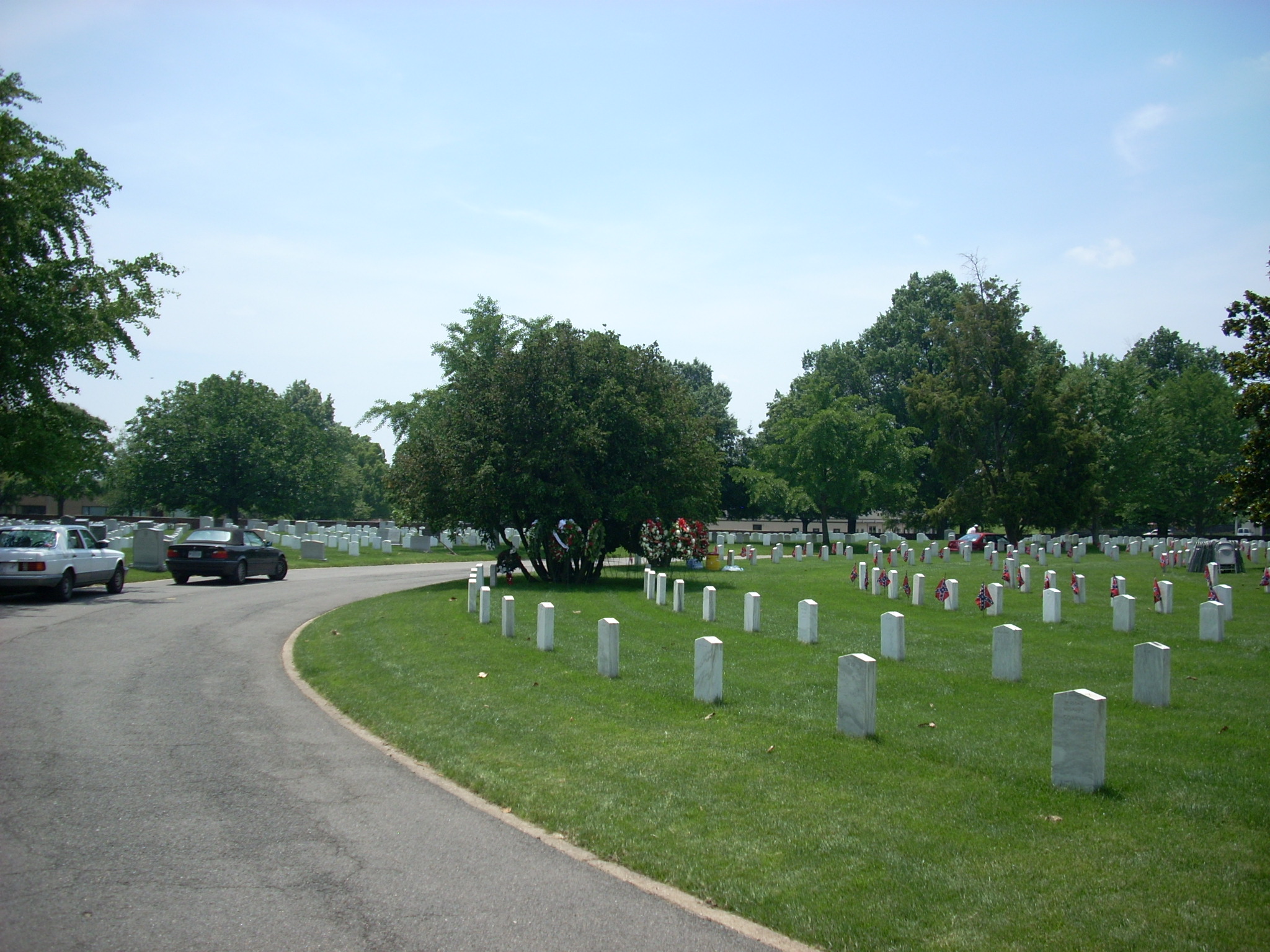
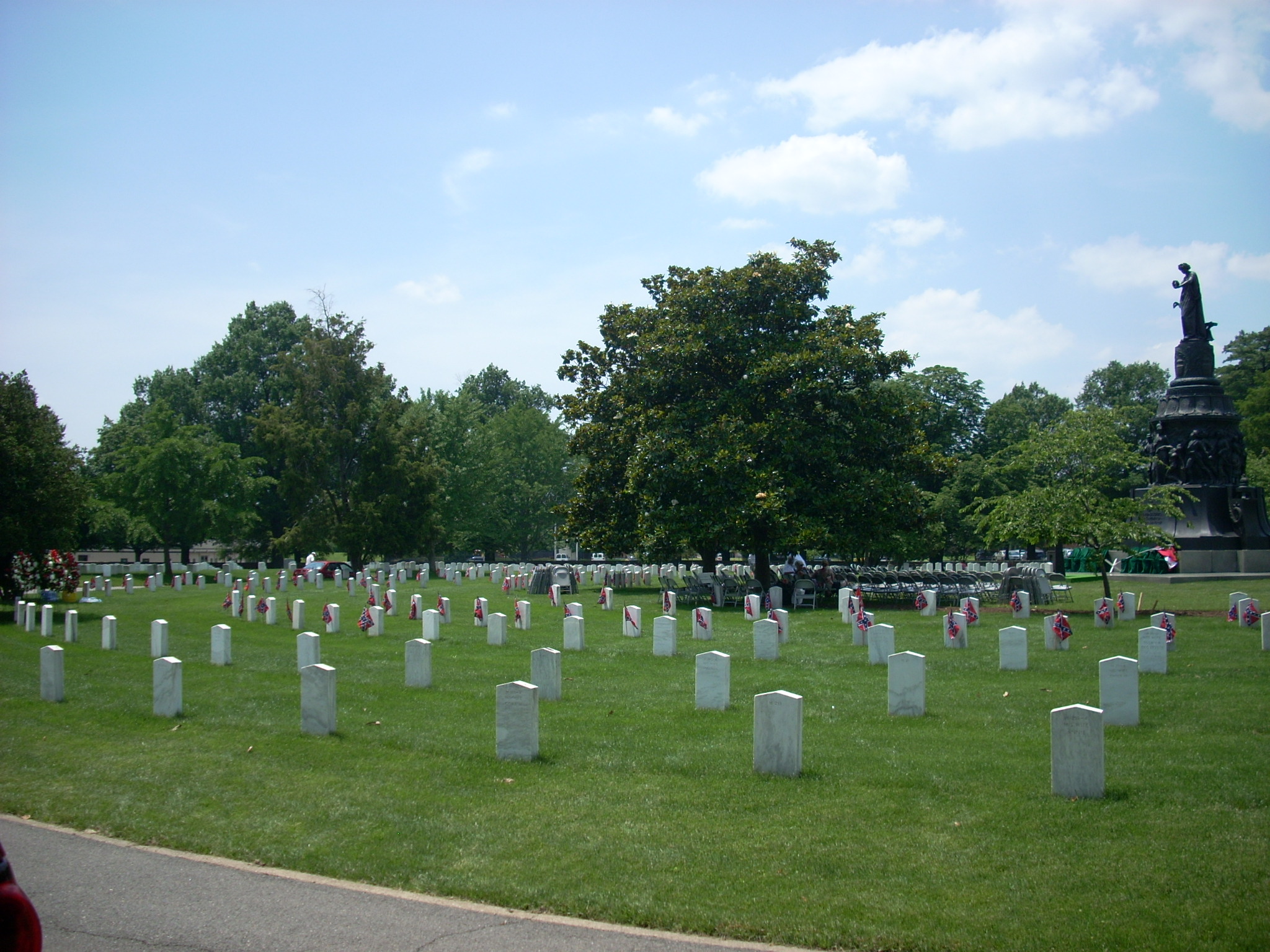
Astronauts | Biograpies | Burials | Civilans | Contacting Arlington | Custer | Foreign Nationals | Gravesites | Guest Book | Home | Images | Inquiries | Things to See | US Air Force | US Army | Coast Guard | US Marines | US Navy | Visiting Arlington | Webmaster
Michael Robert Patterson was born in Arlington and is the son of a former officer of the US Army. So it was no wonder that sooner or later his interests drew him to American history and especially to American military history. Many of his articles can be found on renowned portals like the New York Times, Washingtonpost or Wikipedia.
Reviewed by: Michael Howard

